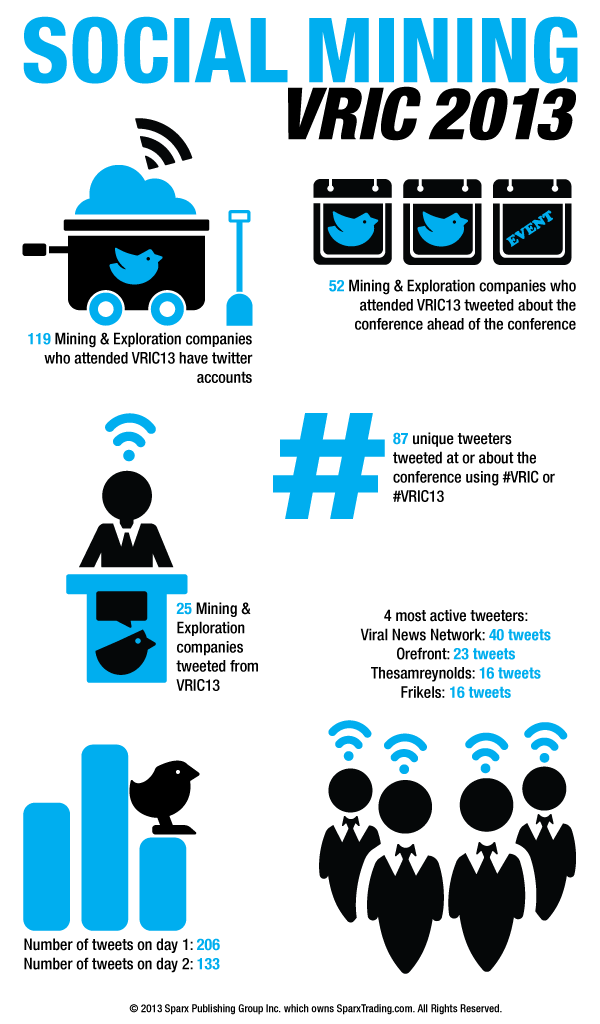If there’s one truth about a mercenary – it’s that they mean business. In a resource conference filled with stories, opinions and “potential”, it’s a challenge for professionals and novices alike to identify real opportunities from the pipe dreams. Enter a mercenary geologist. We had a chance to speak to Mickey Fulp, otherwise known as “The Mercenary Geologist” about his take on the companies attending the Vancouver Resource Investment Conference, what his outlook was for the overall junior mining and exploration space and how investors can capitalize on the current environment.
Looking first at the big picture, Fulp described the investing climate as being “risk off”. What that means is that the venture capital is looking for less risky opportunities as the perceived rewards for investing in highly speculative stocks are low. The junior mining and exploration sector is, according to Fulp, “the riskiest game on the planet” and as such investing in companies in this space is not something venture capital has an appetite for at this time. He also pointed that lack of confidence may also be why the appetite for investment in this sector is waning. At issue, said Fulp, was his opinion that many of the junior mining and exploration companies tend to over promise and under deliver.
So how does a mercenary geologist find opportunities amidst all of this pessimism? Ironically, it is actually pessimism that Fulp keeps his eye out for as a cue to hunt for bargains. His strategy involves buying companies “when nobody wants them” and wait for prices to significantly appreciate, which he believes, they often do. With so many companies to choose from, not just any company makes the cut. Fulp focuses on three key aspects of a company: a tightly held share structure, the experience and track record of the people in a company and the project itself and whether that project is likely to turn into a mine. By comparing companies against their peers in this way, opportunities can become easier to spot.
Ultimately, however, the decision to enter or exit a stock is based on a suggestion we’ve heard time and again from other savvy and experienced investors: have a plan for entry and exit. From the perspective of a mercenary geologist, knowledge is important to have on a company and a stock, but if the reason(s) why you entered the stock ceases to be true, look for the exit and move on.
The Mercenary Geologist Michael S. “Mickey” Fulp is a Certified Professional Geologist with a B.Sc. Earth Sciences with honor from the University of Tulsa, and M.Sc. Geology from the University of New Mexico. To learn more about Mickey Fulp, you can visit his website at www.themercenarygeologist.com.








